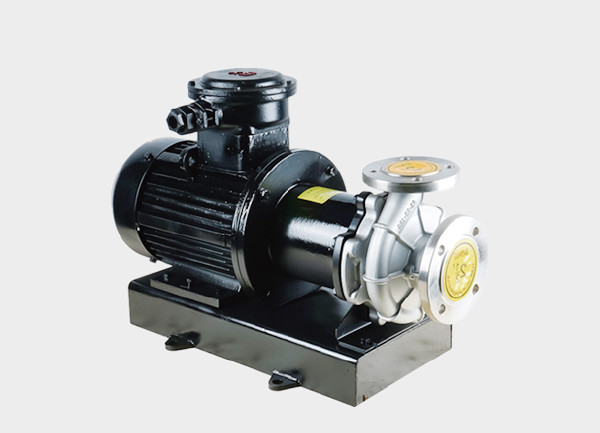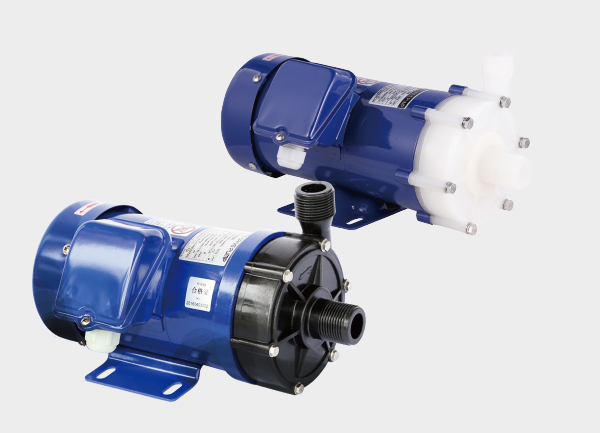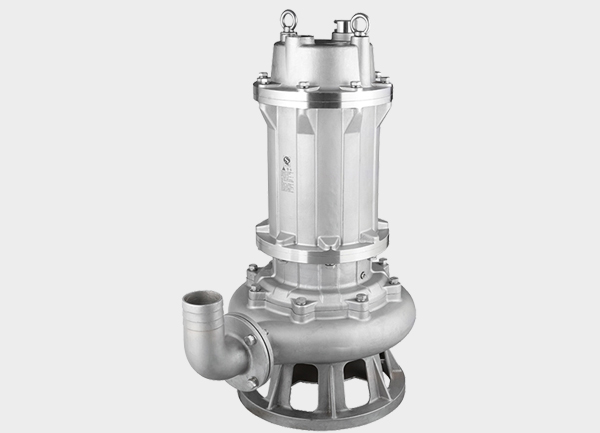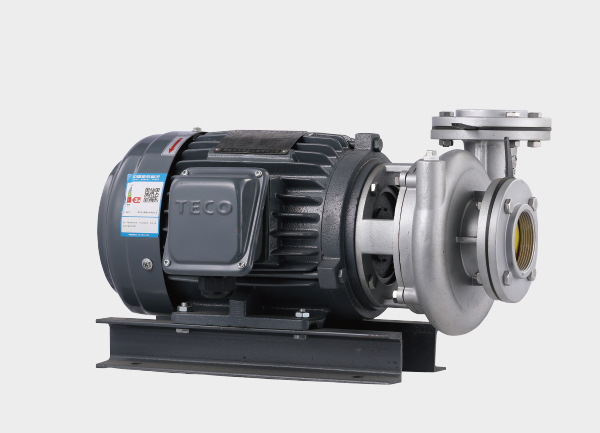When choosing a stainless steel centrifugal pump, it’s important not to focus solely on the material. You need to consider the fluid characteristics, operating environment, and pump conditions comprehensively. Below is a systematic selection guide:
1. Choose Based on Fluid Properties
Corrosiveness
For weak acids, weak alkalis, water, alcohol, etc., 304 stainless steel is usually sufficient.
For fluids containing chloride ions, strong acids, strong alkalis, or seawater, 316L stainless steel is recommended for better corrosion resistance.
For highly corrosive environments, consider duplex stainless steel, 904L, or Hastelloy-lined pumps.
Fluid Temperature
≤100°C: Standard stainless steel pumps are suitable.
100–250°C: High-temperature resistant design may be needed (e.g., cooling jackets, extended bearing life).
250°C: Specialized high-temperature stainless steel or alloy pumps are required.
Viscosity and Solids Content
Normal low-viscosity liquids: Centrifugal pumps operate efficiently.
Liquids containing solid particles: Consider wear-resistant designs or open impellers.
High-viscosity liquids: Centrifugal pump efficiency drops; selection requires caution.
2. Determine Flow Rate and Head
Flow Rate (Q): Select the pump’s rated flow, generally 1.1–1.2 times the maximum process requirement.
Head (H): Calculate total pipeline head, with a 10–20% margin for safety.
NPSH (Net Positive Suction Head): Ensure the pump’s required NPSH is met to avoid cavitation.
3. Structure and Sealing
Sealing Type
Mechanical seal: Common and reliable, suitable for most chemical fluids.
Magnetic drive (magnetic pump): Leak-free, ideal for flammable, explosive, or toxic liquids.
Connection Type
Close-coupled: Compact and easy to install.
Long-coupled (bare shaft): Easier maintenance, suitable for large or high-temperature applications.
4. Operating Environment and Accessories
Motor Protection and Explosion Proofing
Normal environment: Standard IP55 motor is sufficient.
Hazardous areas: Explosion-proof motor is required.
Other Requirements
Variable frequency control (energy-saving, adjustable flow).
Insulation jacket (prevent crystallization or solidification).
5. Brand and Standards
Prefer pumps that comply with ISO 2858 / API 610 standards for reliability and interchangeability.
Domestic brands: Nanfang Pump, Liancheng, Kaiquan.
International brands: Grundfos, KSB, Ebara, ITT.
✅ Summary of Selection Steps
Identify fluid corrosiveness, temperature, viscosity, and solids content.
Calculate system flow rate and head.
Choose the appropriate stainless steel grade (304 / 316L / duplex steel).
Determine seal type, structure, and explosion-proof requirements.
Consider energy efficiency and maintenance convenience based on the operating conditions.








